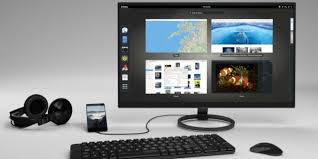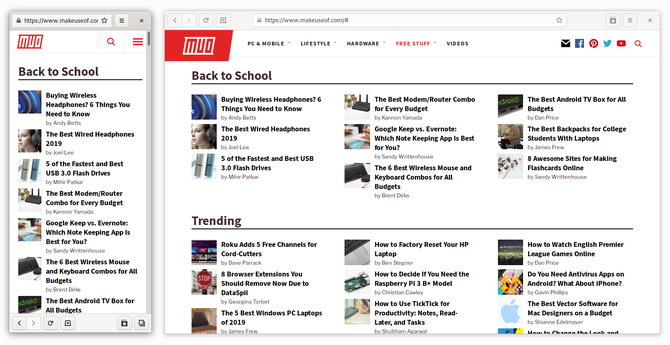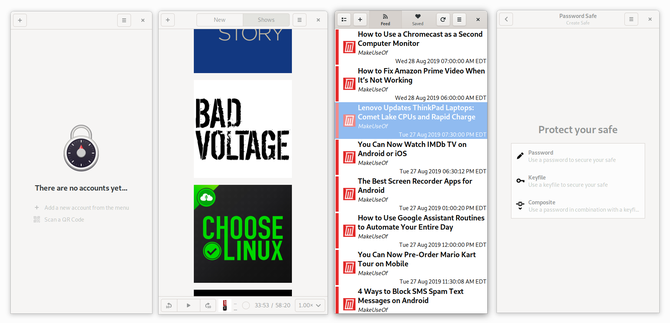
Breaking News
 Brighteon Broadcast News, Jan 7, 2026 - Doctors Replaced by AI...
Brighteon Broadcast News, Jan 7, 2026 - Doctors Replaced by AI...
 US Blockade Of Venezuela Triggers New Spike In Silver Price!
US Blockade Of Venezuela Triggers New Spike In Silver Price!
 Elon Musk Expects True AGI in 2026-2027 and Superintelligence About 2030...
Elon Musk Expects True AGI in 2026-2027 and Superintelligence About 2030...
 They Can't Stop The Unstoppable Rise Of Silver...
They Can't Stop The Unstoppable Rise Of Silver...
Top Tech News
 The First Production All-Solid-State Battery Is Here, And It Promises 5-Minute Charging
The First Production All-Solid-State Battery Is Here, And It Promises 5-Minute Charging
 See inside the tech-topia cities billionaires are betting big on developing...
See inside the tech-topia cities billionaires are betting big on developing...
 Storage doesn't get much cheaper than this
Storage doesn't get much cheaper than this
 Laser weapons go mobile on US Army small vehicles
Laser weapons go mobile on US Army small vehicles
 EngineAI T800: Born to Disrupt! #EngineAI #robotics #newtechnology #newproduct
EngineAI T800: Born to Disrupt! #EngineAI #robotics #newtechnology #newproduct
 This Silicon Anode Breakthrough Could Mark A Turning Point For EV Batteries [Update]
This Silicon Anode Breakthrough Could Mark A Turning Point For EV Batteries [Update]
 Travel gadget promises to dry and iron your clothes – totally hands-free
Travel gadget promises to dry and iron your clothes – totally hands-free
 Perfect Aircrete, Kitchen Ingredients.
Perfect Aircrete, Kitchen Ingredients.
 Futuristic pixel-raising display lets you feel what's onscreen
Futuristic pixel-raising display lets you feel what's onscreen
 Cutting-Edge Facility Generates Pure Water and Hydrogen Fuel from Seawater for Mere Pennies
Cutting-Edge Facility Generates Pure Water and Hydrogen Fuel from Seawater for Mere Pennies
5 Ways the Librem 5 Phone Has Impacted Linux Desktops

The Purism Librem 5 phone has been a long time coming and the device's impact can already be felt on the Linux desktop.
This effect is most noticeable if you use the GNOME desktop environment, found on the default versions of Ubuntu or Fedora. GNOME is also the interface that ships on laptops from Purism, System76, and Dell. Here are five ways you may have been touched by Purism's device.
1. GNOME Apps Are More Adaptive

GNOME 3's designers wanted to create an interface that was usable on touchscreens. The Activities Overview and app windows are meant for fingers as much as mouse cursors. It has always been part of the vision for apps to adjust across various form factors, but there hasn't yet been a small touchscreen device that comes with GNOME.
The Librem 5 runs largely the same version of GNOME that comes on a Purism laptop. To make this work, Purism's team and upstream developers have worked to make various GNOME apps work on a display smaller than six inches.
The most prominent example is GNOME Web, the project's default web browser. If you install the latest version of Web on your desktop and shrink the window down, you will see the navigation and menu buttons jump to the bottom of the window. This is how the app looks on a Librem 5.
2. Desktop-Compatible Mobile Apps Are Here

Apps have started to appear on Flathub that are clearly designed with mobile devices in mind. Take GNOME Authenticator, a two-factor authentication app. It will run on your desktop, but the window defaults to the size of a phone app.



